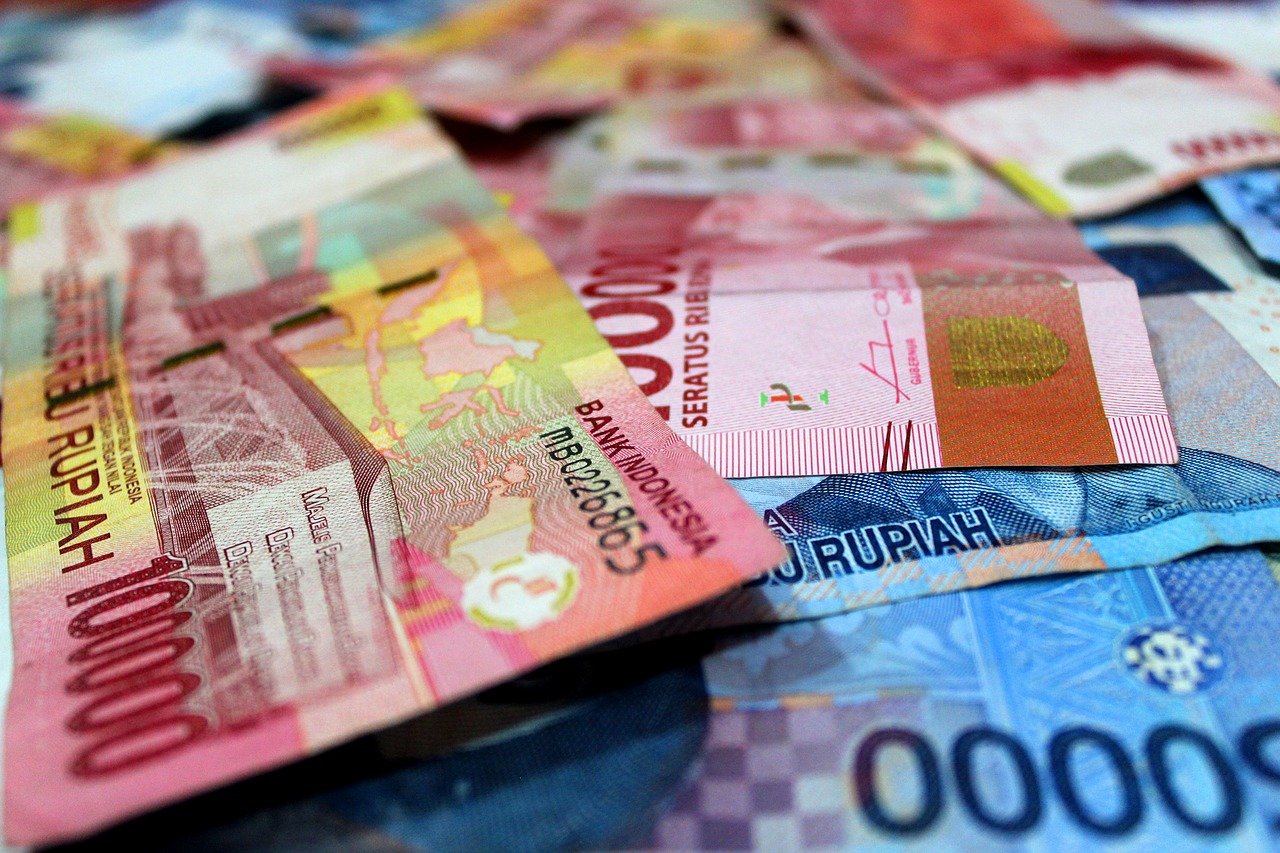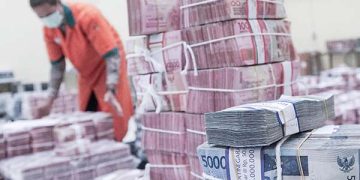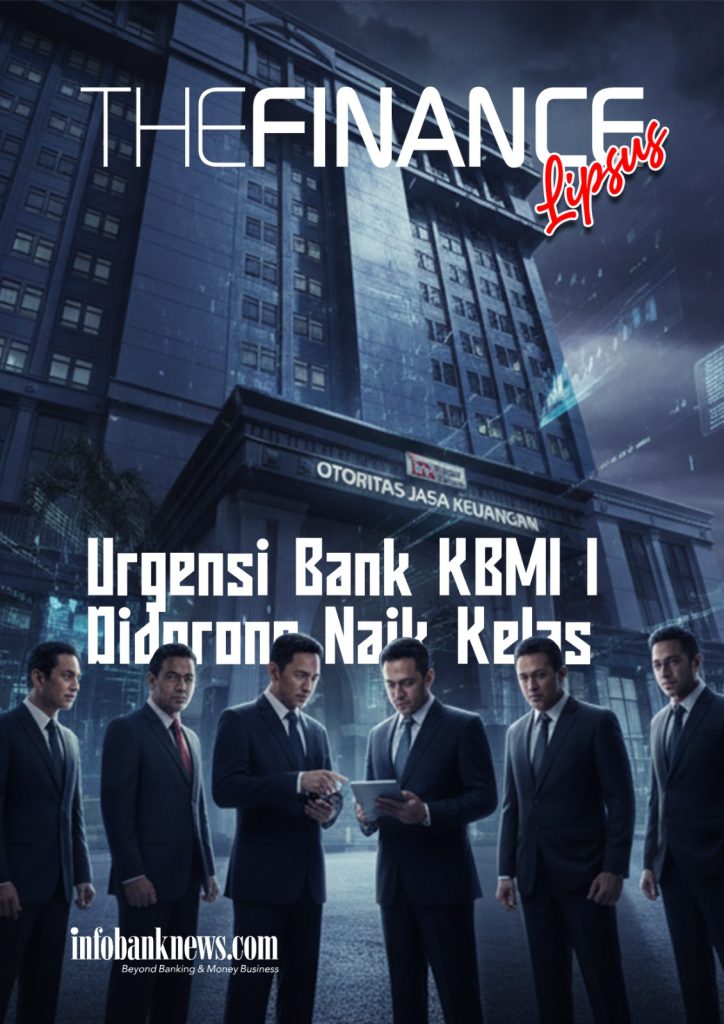Jakarta – Bank Indonesia (BI) provided macroprodential liquidity incentives to 124 banks with realization reaching Rp255 trillion to boost bank lending.
“How is the realization (of liquidity incentives)? The first is that there are 124 banks that receive this macroprudential liquidity incentive with a total of Rp255 trillion or 3.42 percent of the 4 percent maximum liquidity that we provide 4 percent of third party funds, so the realization is 3.42 percent,” BI Deputy Governor Juda Agung said in the Announcement of the Results of the August 2024 BI Board of Governors Meeting quoted on August 23, 2024.
He detailed that macroprudential liquidity incentives were most utilized by the BUMN commercial bank group. The realization reached 3.8 percent of 4 percent with a value of IDR 117 trillion. Then, followed by Regional Development Banks (BPD) with a realization of 3.25 percent with the amount of incentives received IDR 24 trillion.
“The second group is the 3.25 percent BPD Bank. Because BPD is relatively small in size, the amount is IDR 24 trillion,” said Juda.
Furthermore, said Juda, macroprudential liquidity incentives were received by 73 National Private Commercial Banks (BUSN) with a realization of IDR 109 trillion, and seven Foreign Bank Branch Offices (KCBA) which received incentives amounting to IDR 3.69 trillion.
“In the future, of course, we will continue to encourage this and evaluate if there are adjustments, especially the sectors that are encouraged,” said Juda.
On the same occasion, BI Governor Perry Warjiyo added, liquidity incentives are a macroprudential policy pursued by BI to encourage economic growth by encouraging banks to channel economic-driving credit.
For this reason, said Perry, every six months his party evaluates the effectiveness of liquidity incentives and the lending performance of banks receiving incentives. That way, lending to sectors that are being encouraged by the government can grow more aggressively and be able to hoist Indonesia’s economic growth.
“Yesterday (liquidity incentives were given to) sectors that support the economy, downstream. Not only mineral and coal but also agriculture, plantations, livestock. We also encourage the housing sector, we also encourage the sector for tourism, MSMEs,” Perry explained.
Furthermore, BI is considering providing liquidity incentives to labor-intensive sectors.
“For a number of sectors we are coordinating with the Ministry of Finance including the housing sector where Bank Indonesia provides macroprudential liquidity incentives, from the Ministry of Finance provides fiscal incentives,” he concluded. (*)












